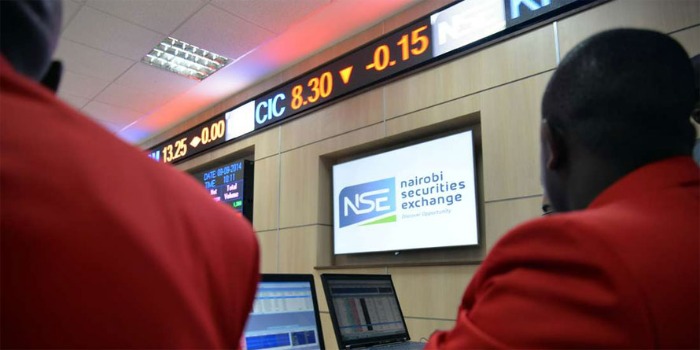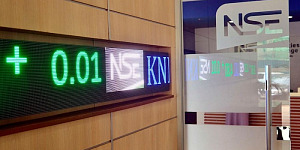The Nairobi Securities Exchange (NSE) plans to invest Sh200 million in improving its trading software next year, giving it room to introduce new market products.
The exchange has, over the years, invested millions in upgrading its trading systems to cater to new products such as derivatives and day trading.
Trading software is one of the exchange’s key assets, backing its role of linking stock buyers and sellers, producing market data, and oversight the market.
“We are going to refresh our technology in 2023 at a cost of Sh200 million,” said NSE chief executive Geoffrey Odundo.
In February last year, the NSE said it was upgrading its trading platform to provide a virtual network software to link it to the Central Depository and Settlement Corporation (CDSC) and traders.
The NSE said it was replacing the Multi-Protocol Label Switching network that had been used since 2011 with the Software-defined Wide Area Network supported by Safaricom.
In October 2019, the bourse rolled out its biggest upgrade of the automated trading system up to that point, a move that was meant to address a series of market outages that were hitting the exchange.
The ATS connects remotely to stockbroker offices, allowing them to trade from the comfort of their premises. It first went live in September 2006, replacing the open outcry system that had been used in trading for years.
The 2019 upgrade also allowed the NSE to operate independently from the CDSC during trading hours, meaning that a system outage or problem at the depository would not halt trading in the market.
It is also able to support multiple products in the market, which is critical at a time when the NSE is introducing new products such as short selling or share lending and borrowing, market making, and day trading.
It also allows for scaling upwards in terms of capacity, such as the upgrade that is now planned for 2023. The technology upgrade is among the investments the bourse operator has lined up in the near term.
The company is also eyeing stakes in regional stock exchanges in a growth and diversification strategy.


























































